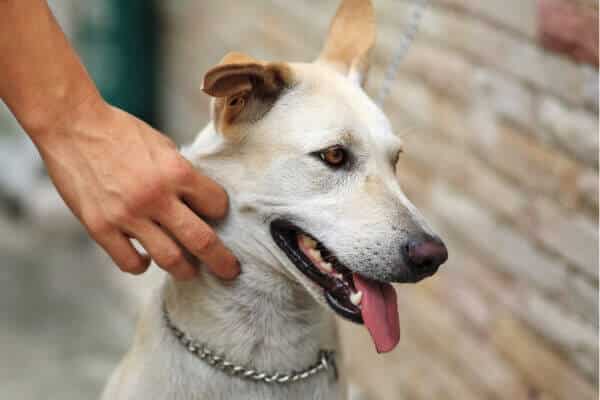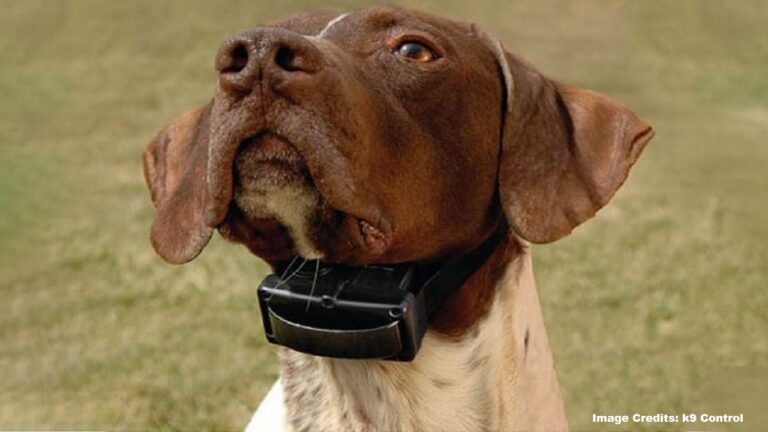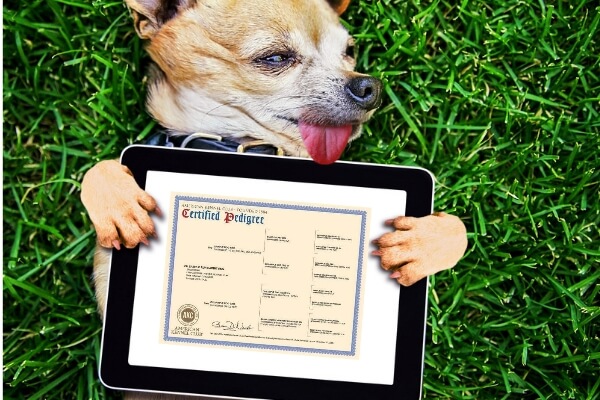How to Train Your Service Dog
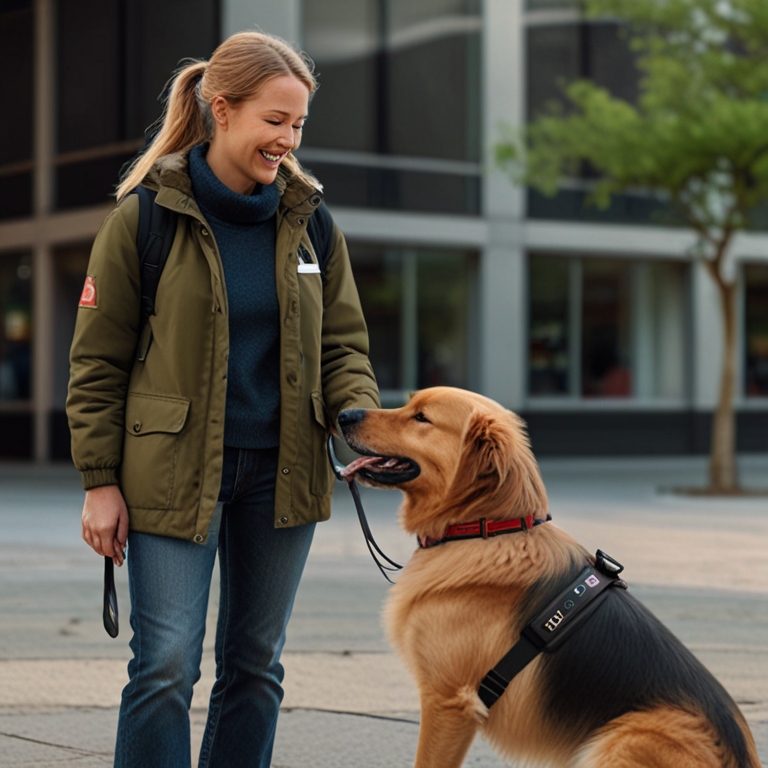
So, you’re thinking about training your service dog and want to ensure you’re on the right path to help them provide the best support possible. I get it, and I’m here to guide you through the process with tips and insights that will make your training experience smoother and more effective. By the end, you’ll have a clear, actionable plan to confidently train your service dog and build a strong partnership.
Training a service dog depends on the specific tasks you need it to perform. Take my service dog, for example. He is an emotional support dog. His main job is to sense when I’m feeling anxious and provide comfort by staying close to me and offering physical contact.
He’s also trained in various skills and tricks, especially when interacting with people. For instance, he knows how to greet people gently, retrieve items for me, and even perform calming behaviors on command, such as lying down quietly or offering a paw..
What is a Service Dog?
So, what exactly is a service dog? According to the Americans with Disabilities Act (ADA), a service dog is trained to help people with disabilities by performing specific tasks. These tasks can assist individuals with conditions like PTSD, autism, seizures, blindness, and more.
When looking for a service dog, you’ll want one who:
- Remains calm in new or unfamiliar places
- Stays alert but doesn’t overreact
- Is eager to please
- Can learn and remember commands
- Gets along well in various situations and environments
- Performs repetitive tasks reliably
Service dogs are incredibly valuable, which unfortunately means there can be long waiting lists for them. So I understand why you are considering training a service dog yourself.
Can You Train Your Own Service Dog?
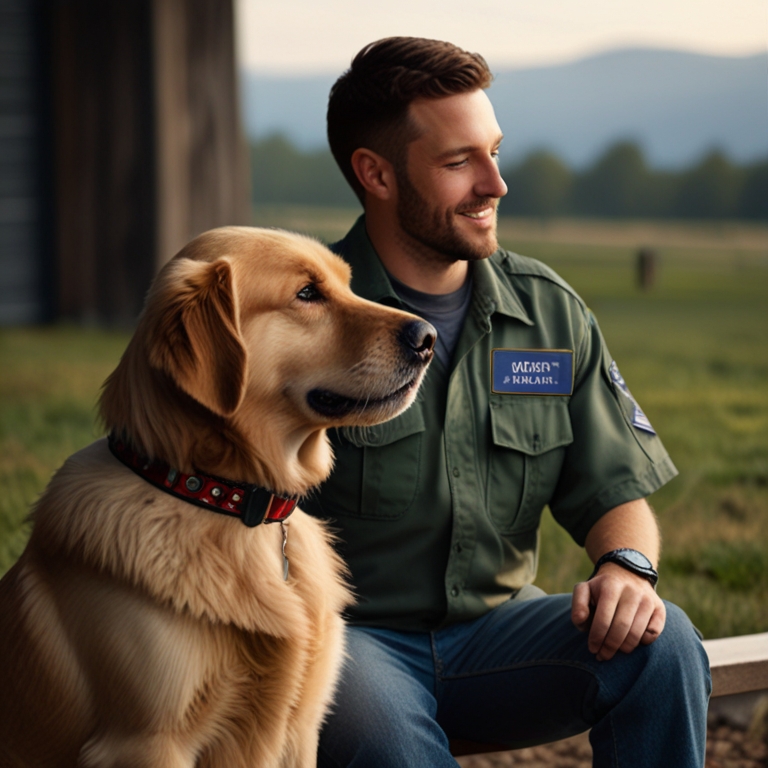
Absolutely, you can train your own service dog! The AKC Canine Good Citizen program is a great starting point, offering guidelines and benchmarks for foundational skills.
Another helpful resource is the “Confident Puppy” e-learning course, which covers essential puppy-raising skills for working dogs. Along with socialization and basic obedience, your service dog needs specific training to assist with a disability.
Also Read: Can You Register A Dog With AKC And CKC Parents?
How About We See If Your Dog’s Ready for Training?
While breed can matter, many dogs can succeed if they meet these standards.
- How old is your dog? Most service dogs start their training as puppies. For example, my dog began his training when he was just a few months old. He was over 6 months old and already spayed, which helped him stay focused without the distraction of other dogs. Older dogs with health issues like arthritis or diabetes might find training tougher, so it’s worth considering their age and health status.
- What’s your dog’s temperament? Your dog needs to be calm and composed. It shouldn’t react aggressively to other dogs but shouldn’t completely ignore them either. This balance is crucial, especially for dogs that assist with hearing or vision.
- How’s your dog’s attention span? Your dog needs to stay focused during training sessions. If they’re easily distracted, especially in public, it might be hard for them to stay on task when you really need them.
- What limitations does your dog have? Think about any limitations your dog might have and how they could affect their ability to help you. For example, if you need a dog to assist with balance, a larger breed might be a better fit than a smaller one.
- Is your dog in good health? Your dog needs to be in good shape to handle the demands of being a service dog. Conditions like arthritis or diabetes could affect their performance. Regular vet visits, vaccinations, and preventative treatments are key to keeping your dog healthy.
If your dog doesn’t fit the bill, you might want to consider getting a trained service dog. If they do, you’re ready for the next step!
Let’s Go Through the Basics of Training Your Service Dog
Training your service dog to be smart and reliable requires patients and commitment. Build on each of these steps to ensure your dog becomes well-prepared to assist you effectively:
- Teach the Basics
- Public Access Training
- Off-Leash Training
- Specialize
Step 1: Teach the Basics
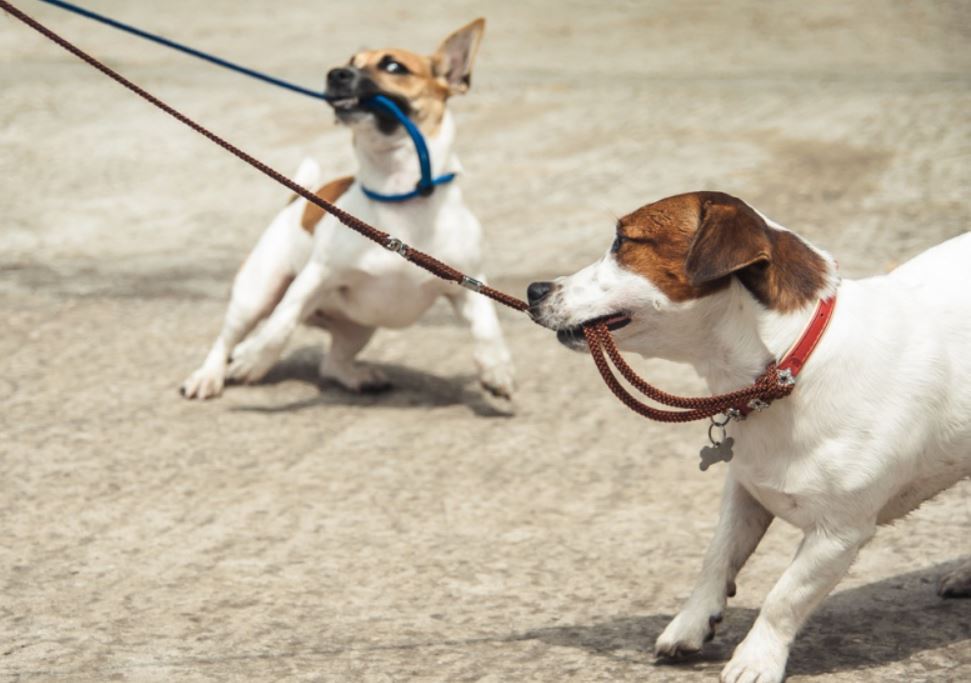
- Socialization
Start by introducing your dog to a variety of people and other dogs. This helps them become comfortable in different social settings and prevents fear or aggression. Take your dog to parks, stores, and busy streets to expose them to various sights, sounds, and smells.
- Consider Clicker Training
Clicker training can be a fantastic method. The idea is to use the clicker sound to mark the exact moment your dog performs a good behavior, followed by a treat. The clicker helps your dog associate the sound with a reward, making them eager to repeat the action. Just remember, never punish your dog; it’s more effective to reward good behavior and build positive associations.
- Basic Commands
Teach core commands like “sit,” “stay,” “lie down,” and “come” using treats and positive reinforcement. For example, to teach “sit,” hold a treat above your dog’s head and move it back. When their bottom touches the ground, click the clicker (if using one), say “Sit,” and reward them.
Train your dog to walk beside you on a leash without pulling. Practice in various environments to keep them focused.
- Leash Training
Train your dog to focus on you and ignore distractions. Practice walking on a leash with your dog beside you, rewarding them for staying in position. Start in a quiet area and gradually introduce more distractions as your dog improves.
Step 2: Public Access Training

- Behavior in Public
Ensure your dog remains calm and non-disruptive in public spaces. Practice in busy areas with various stimuli to help your dog stay composed. They should respond to commands like “sit” and “stay” even in distracting environments, such as parks where people are walking by.
- Proper Manners
Train your dog to urinate and defecate only on command to manage their behavior in public. Teach them to ignore tempting items like food or interesting smells, especially in stores. Reward them for staying focused on you.
- Social Interactions
Train your dog to greet people calmly without jumping or barking. Have friends help with this training and reward your dog for polite behavior. Ensure your dog interacts politely with other dogs and people. If your dog shows aggression, work with a trainer to address and correct it.
Step 3: Off-Leash Training

- Controlled Environment
Start off-leash training by removing the leash in a secure, enclosed space like a backyard. Practice commands such as “come” and “stay” without the leash, rewarding your dog for following commands. Gradually increase the challenge by practicing in less controlled environments, like a fenced park.
- Reliability
Ensure your dog responds to commands consistently even when off-leash. If they struggle, return to leash training and gradually reintroduce off-leash practice. Increase the distance between you and your dog during off-leash training, using treats and praise to reinforce their response.
- Public Spaces
Once your dog responds well off-leash in controlled settings, start practicing in public spaces. Use a long lead initially if needed and gradually allow them more freedom. Always monitor their behavior and ensure they respond to commands even in busy or distracting environments.
Step 4: Specialize!
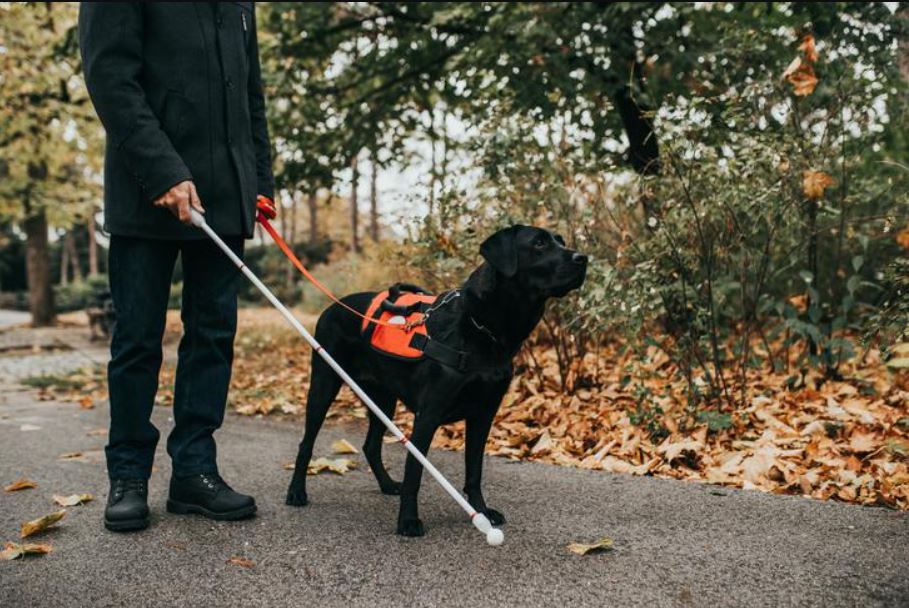
With your dog confidently handling basic commands and behaving well on- and off-leash, it’s time to begin task specific training.
How do you train a service dog for:
- Hearing Service
- Psychiatric Service
- Mobility Assistance
Here’s how to teach your dog these specific tasks tailored to your needs:
1. Hearing Service Dogs
If your service dog will assist with hearing, train them to respond to critical sounds like doorbells, phones, or alarms.
Training Tips:
- Associate Sounds: Play the sound you want your dog to react to in a controlled setting. When your dog hears the sound, give them a command and reward them when they respond correctly.
- Target Training: For instance, when training for a doorbell, play the sound and guide your dog to alert you by sitting in front of you or nudging your leg. Reward them immediately for the right response.
- Generalize the Response: Increase the difficulty by playing the sounds in various locations and situations. Keep rewarding your dog to reinforce their behavior.
2. Psychiatric Service Dogs
Train these dogs to assist with mental health challenges, such as panic attacks or anxiety. Your goal is to help them recognize signs of distress and offer support.
Training Tips:
- Simulate Distress: Create scenarios that mimic your symptoms, like a mock panic attack. Observe how your dog reacts and guide them to provide comfort, such as nudging or lying beside you.
- Reward Comfort: When your dog offers comfort, reward them immediately with treats and praise. This helps them learn that their actions make you feel better.
- Refine Actions: Teach specific actions, like applying deep pressure or alerting someone else. Use consistent commands and rewards to reinforce their training.
3. Mobility Assistance Dogs
These dogs help with physical disabilities by retrieving items or offering balance support. Focus on task-specific commands during training.
Training Tips:
- Teach Retrieval: Start with simple commands, like fetching your phone. Say the name of the item and point to it, then reward your dog for bringing it back.
- Practice Regularly: Practice these tasks in different settings to help your dog understand the commands. Be clear and consistent with your cues.
General Tips for Specialization
- Stay Patient: Specialized training takes time. Keep reinforcing good behavior with rewards and be patient throughout the process.
- Progress Gradually: Begin with simple tasks and build up to more complex ones. This approach helps your dog build confidence and skills step by step.
- Get Professional Help: If you encounter challenges, seek guidance from a professional service dog trainer. They can offer valuable insights and techniques to help your dog succeed.
Training your own service dog can be a rewarding experience, and with patience and consistency, you can teach them to provide invaluable support.
Professional Training vs. Owner Training
Professional Training
Professional training for a service dog means teaming up with an expert dog trainer who specializes in teaching dogs the exact skills needed to support individuals with disabilities.
Benefits:
- Expertise: Professional trainers know their stuff and have tons of experience.
- Faster Progress: With an expert, you’ll usually see quicker results.
- Certification: Professional training often comes with official certification.
Challenges:
- Cost: It can get pricey to have a pro train your dog.
- Limited Bond: You might not develop as close a bond with your dog through professional training.
Owner Training
Personal training your service dog is a DIY approach, where you use resources like online guides, books, or local classes to help you out. It takes more time and patience, but the benefit is a hands-on, personalized experience tailored to you and your dog’s needs.
Benefits:
- Bond Building: Training your dog yourself helps strengthen your relationship.
- Cost-effective: It’s usually more affordable.
- Customization: You can tailor the training to your dog’s specific needs.
Challenges:
- Time-Consuming: It takes a lot of time and patience to train your dog on your own.
- Responsibility: It’s up to you to make sure your dog meets all the standards.
Note:
The ADA doesn’t require service dogs to be professionally trained. You can train your own dog and don’t have to use a professional trainer if you prefer.
So, whether you choose professional training or decide to take on the training yourself, your goal is the same: to have a well-trained and reliable service dog.
Conclusion
The steps you take to train your service dog will depend on what you need them to do. If you find the process overwhelming, don’t hesitate to reach out to a professional trainer for help or advice.
FAQs: How to train a service dog
Can any dog become a service dog?
How can I train a service dog?
How long does it take to train a service dog?
Read related posts about

